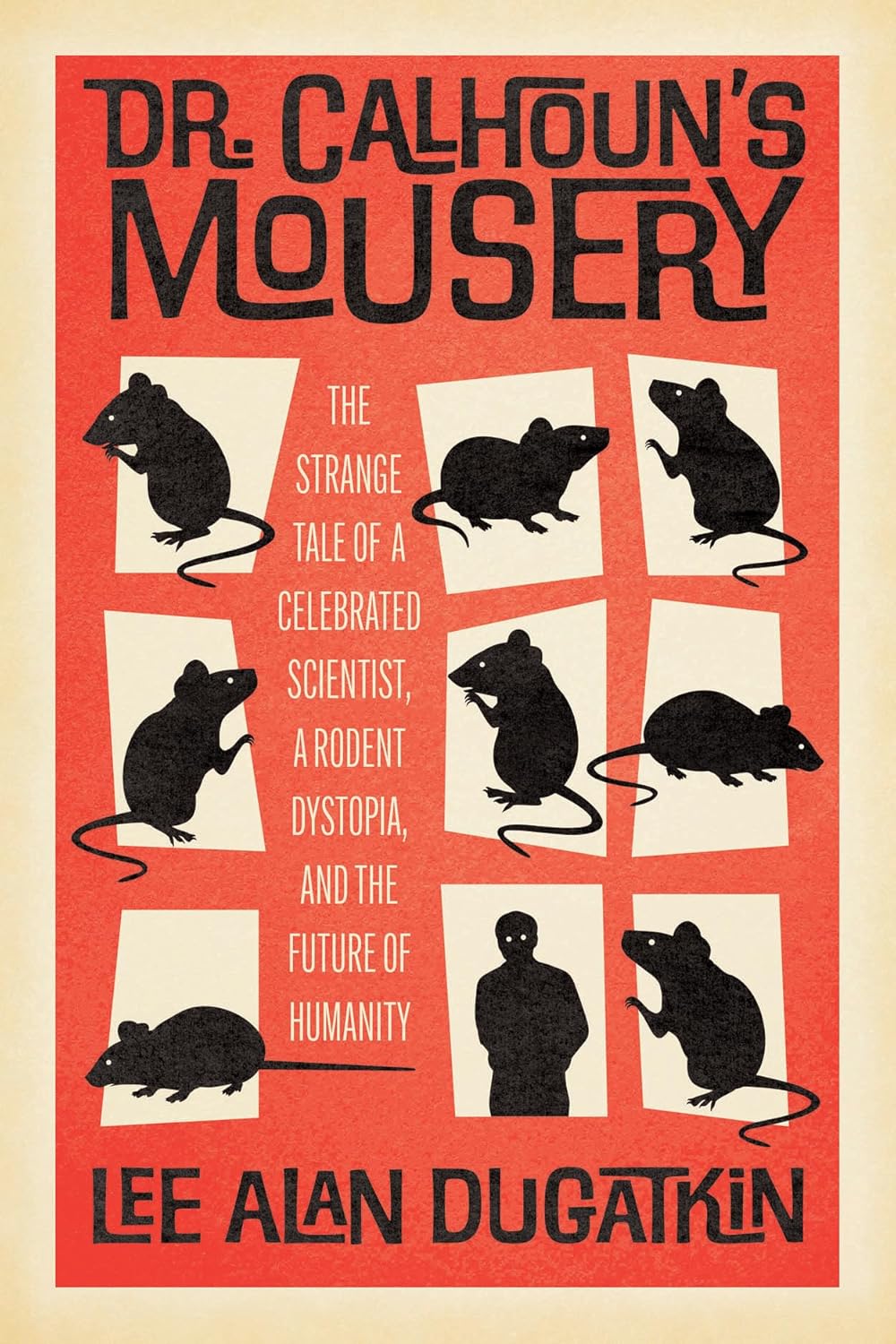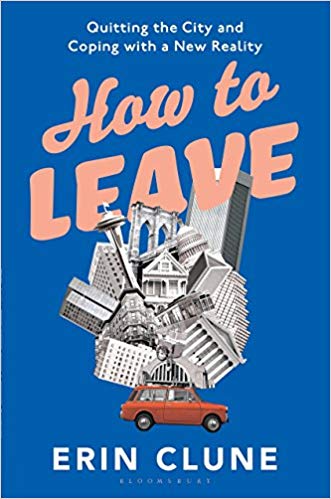Dr. Calhoun’s Mousery: The Strange Tale of a Celebrated Scientist, a Rodent Dystopia, and the Future of Humanity
- By Lee Alan Dugatkin
- University of Chicago Press
- 240 pp.
- Reviewed by Paul D. Pearlstein
- October 29, 2024
What did a popular researcher’s mice have to do with us?

Lee Alan Dugatkin’s Dr. Calhoun’s Mousery concerns one John Bumpass Calhoun (1917-1995), a talented animal ecologist who theorized, among other things, that the overcrowding of rats and mice could presage a doomsday effect on man’s survival. In 1962, his article “Population Density and Social Pathology” appeared in Scientific American and soon went the 20th-century equivalent of viral.
The piece described Calhoun’s work with the overcrowding of Norway rats at the Casey Barn in Towson, Maryland. At that time, he was director of the Laboratory of Brain Evolution and Behavior at the National Institute of Mental Health (NIMH). In later experiments, Calhoun exchanged mice for the rats, which enabled him to study several generations in less time with similar results due to mice’s shorter gestation.
A decade after launching it, Calhoun continued the experiment with the construction of “universes” — carefully designed residences — for his rodent subjects. In “Universe 25,” mice were enticed to live inside the structure by being given everything they could possibly want: food, hydration, mates, a pleasant temperature, adequate light, and darkness for sleeping. His rodent utopia provided absolutely everything except adequate space.
In 1973, Calhoun published “Death Squared: The Explosive Growth and Demise of a Mouse Population,” which described the effects of the overcrowding on the residents of Universe 25. The animals fell into two groups. The majority became overly content and spent their time eating, grooming, mostly eschewing sex — and thus producing few or no offspring — and not seeming to care about anything (think “hakuna matata”). Females lost or abandoned their babies and ceased to care for themselves or for each other. Because these rodents’ main activity was grooming themselves, Calhoun called them “the Beautiful Ones.”
A smaller subset, however, reacted very differently to the overcrowding. Males in this group became aggressive, attacking anything and killing and eating the females, the babies, and one another. Calhoun attributed the change in both groups to overcrowding and further surmised that similar responses were likely to occur with humans. He labeled this extreme reaction to overcrowding “behavioral sink,” the total collapse of a group’s social system.
Worried about ever-increasing human population and urban overcrowding, Calhoun sought a remedy for his predicted nightmare scenario. Unlike other animals, he believed, humans could avoid behavioral sink by arming themselves with knowledge. Our advanced brains should enable us to alter our environment, housing, cities, and our very culture to avoid the dreaded descent into apparent madness exhibited in his study animals.
Calhoun’s remedy incorporated author H.G. Wells’ “World Brain” essays of the 1930s. In them, the sci-fi novelist envisioned a giant collection of knowledge to be made readily available to researchers. This idea probably came from the first French encyclopedia era of the mid-1700s, when scholars were trying to assemble all knowledge in one comprehensive volume. The “one source” repository (which bears more than a passing resemblance to the internet) was to allow intellectuals to solve all problems in all fields — including the problem of overcrowding.
Though labeled an animal ecologist, Calhoun worked across disciplines and incorporated science, math, urban planning, economics, and sociology into his research. Author Dugatkin, for his part, is an animal-behavior scientist who has written textbooks and co-authored a book on evolutionary biology. He became interested in Calhoun, he says, after the man’s name kept popping up in his own research.
Few academic fields have rock stars. Yes, there were Malthus, Darwin, and Skinner, but Calhoun’s national and international fame in the 1960s and 1970s was truly dazzling. His research was front-page news and inspired Robert C. O’Brien’s bestselling children’s book, Mrs. Frisby and the Rats of NIMH, which itself inspired the animated movie “The Secret of NIMH.”
Dugatkin wrote Dr. Calhoun’s Mousery to introduce new generations to a largely forgotten scientist who, although engaging in somewhat bizarre research, did so with a certain je ne sais quoi and left excellent notes concerning his work. Perhaps he peaked too soon, or maybe his mainstream popularity diminished his standing in academia. And it doesn’t help that Calhoun — who had a long and varied career that’s ably (if tediously) chronicled here — was premature in announcing his scarier conclusions about rodent behavior and shortsighted in extrapolating from them too many inferences about humans.
Even so, his findings have not been totally discredited, and as the world’s population soars, more study of his hypotheses seems warranted to me. But whether Dugatkin would agree is unclear. Rather than giving any credence to the man’s work, Dr. Calhoun’s Mousery may simply be a biography of an obsessed (if not mad) scientist.
Paul D. Pearlstein is a retired lawyer whose hobby since the 1950s has been writing book reviews.
